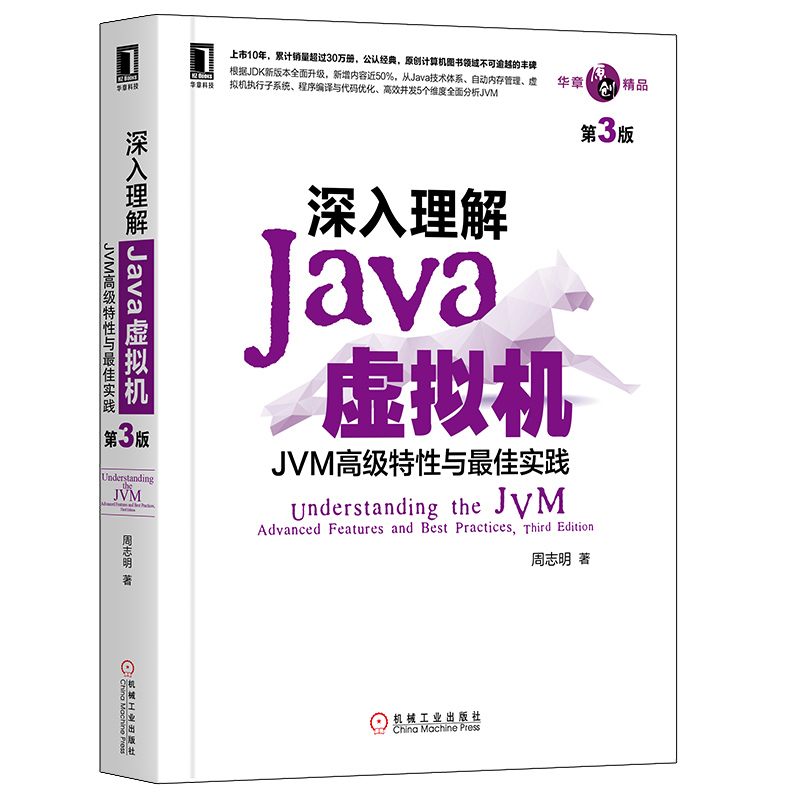使用finally块可以运行任何你想要执行的清除类型语句,无论在受保护代码中发生什么。该块的语法如下。
try {
//Protected code
} catch(ExceptionType1 e1) {
//Catch block
} catch(ExceptionType2 e2) {
//Catch block
} catch(ExceptionType3 e3) {
//Catch block
} finally {
//The finally block always executes.
}
让我们修改我们上面的代码并添加finally代码块。以下是代码段。
class Example {
static void main(String[] args) {
try {
def arr = new int[3];
arr[5] = 5;
} catch(ArrayIndexOutOfBoundsException ex) {
println("Catching the Array out of Bounds exception");
}catch(Exception ex) {
println("Catching the exception");
} finally {
println("The final block");
}
println("Let's move on after the exception");
}
}
当我们运行上面的程序,我们将得到以下结果 -
Catching the Array out of Bounds exception The final block Let's move on after the exception
以下是Groovy中提供的异常方法 -
public String getMessage()
返回有关已发生异常的详细消息。此消息在Throwable构造函数中初始化。
public Throwable getCause()
返回由Throwable对象表示的异常原因。
public String toString()
返回与getMessage()的结果连接的类的名称。
public void printStackTrace()
将toString()的结果与堆栈跟踪一起打印到System.err,错误输出流。
public StackTraceElement [] getStackTrace()
返回包含堆栈跟踪上的每个元素的数组。索引0处的元素表示调用堆栈的顶部,数组中的最后一个元素表示调用堆栈底部的方法。
public Throwable fillInStackTrace()
使用当前堆栈跟踪填充此Throwable对象的堆栈跟踪,添加到堆栈跟踪中的任何以前的信息。
例子
下面是使用上面给出的一些方法的代码示例 -
class Example {
static void main(String[] args) {
try {
def arr = new int[3];
arr[5] = 5;
}catch(ArrayIndexOutOfBoundsException ex) {
println(ex.toString());
println(ex.getMessage());
println(ex.getStackTrace());
} catch(Exception ex) {
println("Catching the exception");
}finally {
println("The final block");
}
println("Let's move on after the exception");
}
}
当我们运行上面的程序,我们将得到以下结果 -
java.lang.ArrayIndexOutOfBoundsException: 5 5 [org.codehaus.groovy.runtime.dgmimpl.arrays.IntegerArrayPutAtMetaMethod$MyPojoMetaMet hodSite.call(IntegerArrayPutAtMetaMethod.java:75), org.codehaus.groovy.runtime.callsite.CallSiteArray.defaultCall(CallSiteArray.java:48) , org.codehaus.groovy.runtime.callsite.AbstractCallSite.call(AbstractCallSite.java:113) , org.codehaus.groovy.runtime.callsite.AbstractCallSite.call(AbstractCallSite.java:133) , Example.main(Sample:8), sun.reflect.NativeMethodAccessorImpl.invoke0(Native Method), sun.reflect.NativeMethodAccessorImpl.invoke(NativeMethodAccessorImpl.java:57), sun.reflect.DelegatingMethodAccessorImpl.invoke(DelegatingMethodAccessorImpl.java:43) , java.lang.reflect.Method.invoke(Method.java:606), org.codehaus.groovy.reflection.CachedMethod.invoke(CachedMethod.java:93), groovy.lang.MetaMethod.doMethodInvoke(MetaMethod.java:325), groovy.lang.MetaClassImpl.invokeStaticMethod(MetaClassImpl.java:1443), org.codehaus.groovy.runtime.InvokerHelper.invokeMethod(InvokerHelper.java:893), groovy.lang.GroovyShell.runScriptOrMainOrTestOrRunnable(GroovyShell.java:287), groovy.lang.GroovyShell.run(GroovyShell.java:524), groovy.lang.GroovyShell.run(GroovyShell.java:513), groovy.ui.GroovyMain.processOnce(GroovyMain.java:652), groovy.ui.GroovyMain.run(GroovyMain.java:384), groovy.ui.GroovyMain.process(GroovyMain.java:370), groovy.ui.GroovyMain.processArgs(GroovyMain.java:129), groovy.ui.GroovyMain.main(GroovyMain.java:109), sun.reflect.NativeMethodAccessorImpl.invoke0(Native Method), sun.reflect.NativeMethodAccessorImpl.invoke(NativeMethodAccessorImpl.java:57), sun.reflect.DelegatingMethodAccessorImpl.invoke(DelegatingMethodAccessorImpl.java:43) , java.lang.reflect.Method.invoke(Method.java:606), org.codehaus.groovy.tools.GroovyStarter.rootLoader(GroovyStarter.java:109), org.codehaus.groovy.tools.GroovyStarter.main(GroovyStarter.java:131), sun.reflect.NativeMethodAccessorImpl.invoke0(Native Method), sun.reflect.NativeMethodAccessorImpl.invoke(NativeMethodAccessorImpl.java:57), sun.reflect.DelegatingMethodAccessorImpl.invoke(DelegatingMethodAccessorImpl.java:43) , java.lang.reflect.Method.invoke(Method.java:606), com.intellij.rt.execution.application.AppMain.main(AppMain.java:144)] The final block Let's move on after the exception
标签:Groovy
相关阅读 >>
更多相关阅读请进入《Groovy》频道 >>

深入理解Java虚拟机 JVM高级特性与实践 周志明 第3版
这是一部从工作原理和工程实践两个维度深入剖析JVM的著作,是计算机领域公认的经典。




